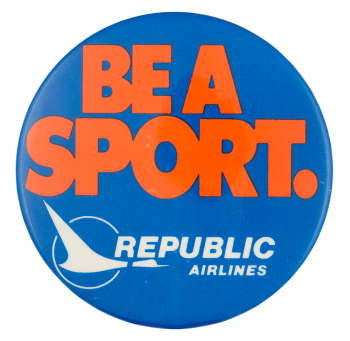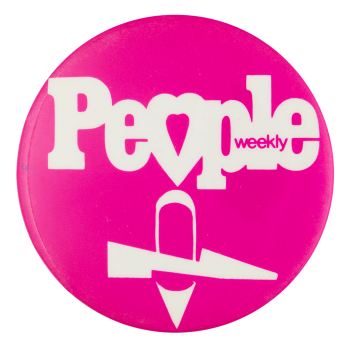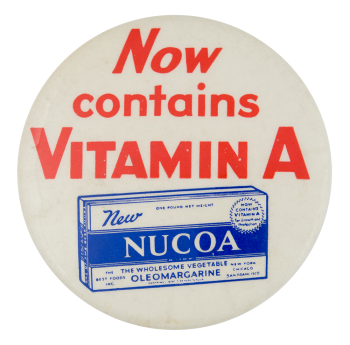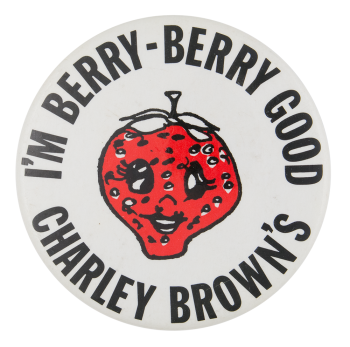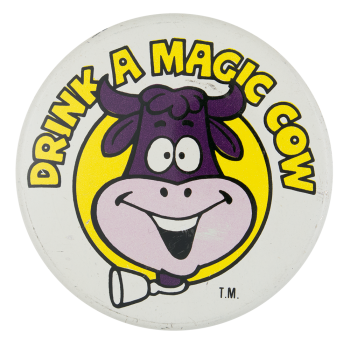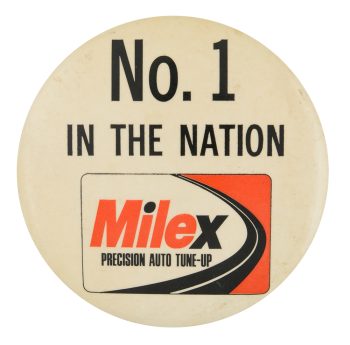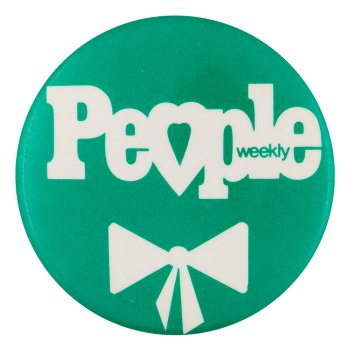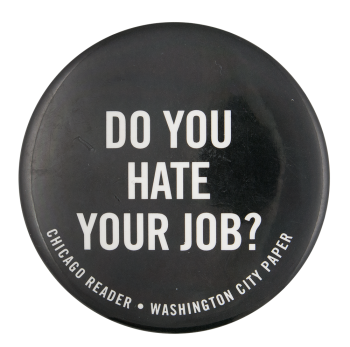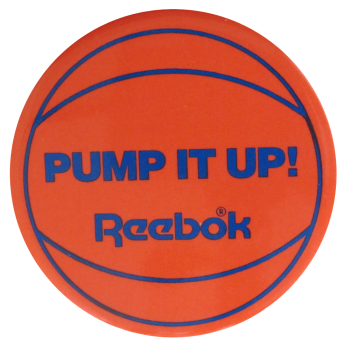Republic Airlines
| Category | |
|---|---|
| Additional Images | |
| Sub Categories | |
| Text on Button | BE A SPORT. REPUBLIC AIRLINES |
| Image Description | Large, coral-colored block text above a white Republic Airlines logo on the bottom third, which is constituted of the company name to the right of a symbolized goose flying in a circle. |
| Back Style | |
| The Shape | |
| The Size | |
| Additional Information | Republic Airlines was created in 1979 after a merger of North Central Airlines and Southern Airways. Based in Minneapolis, Republic was the largest airline in 1980 due to the number of airports served, but quickly deteriorated before ending operations in 1986. The logo of a mallard duck is a remnant of North Central Airlines and was continued for Republic’s first logo. |
| Sources |
"Republic Airlines (1979-1986). (2018) Retrieved from: https://en.wikipedia.org/wiki/Republic_Airlines_(1979–1986) |
| Catalog ID | AD0231 |

